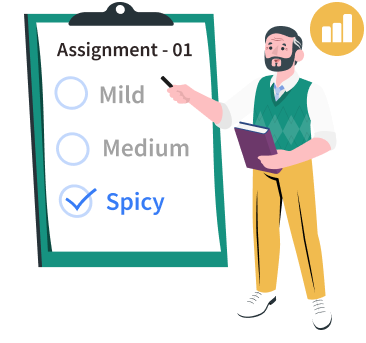How Will This Worksheet on "Find Amount After Continuous Compound Interest Word Problems" Benefit Your Student's Learning?
- Understanding continuous compound interest helps students see how their money can grow, which is beneficial for financial planning.
- Working on these problems improves students' use of exponential functions and logarithms, boosting overall math skills.
- Solving those issues makes students assume cautiously and enhance their hassle-solving competencies, which might be critical for college and future jobs.
- Learning approximately non-stop compound hobby enables college students make better selections about loans, financial savings, and investments.
- These problems integrate math with economics and finance, helping college students see how distinct topics are associated and giving them a nicely-rounded education.
How to Find Amount After Continuous Compound Interest Word Problems?
- Determine the principal amount `(P)`, annual interest rate `(r)`, and time period in years `(t)` from the problem.
- Apply the formula \( A = Pe^{rt} \), where \( A \) is the amount after time \( t \), \( P \) is the principal amount, \( r \) is the annual interest rate, and \( e \) is the base of the natural logarithm.
- Compute \( e^{rt} \) to find the exponential growth factor.
- Multiply the result from point `3` by the principal amount \( P \) to find the final amount \( A \).


